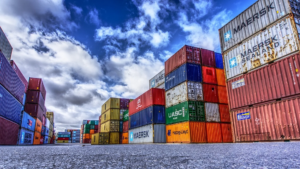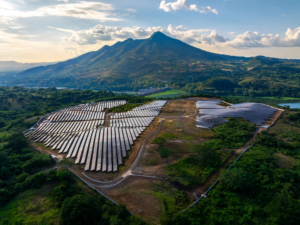
At the beginning of 2025, the global employment outlook presents significant challenges, according to the latest report from the International Labor Organization (ILO). Although the global unemployment rate remains stable at 5%, progress in quality employment and economic recovery is uneven. In particular, low-income countries face stagnation in their labor development due to slow investment and lack of integration into the global economy.
One of the most serious problems highlighted in the report is the precariousness of youth employment, especially in developing economies. The NEET (not in employment, education or training) rate remains alarmingly high, creating a vicious cycle of social and economic exclusion. Lack of access to quality education and job training exacerbates this situation, limiting opportunities for personal and economic growth.

In addition, external factors such as geopolitical tensions and climate change are putting additional pressure on labor markets. While climate change is damaging essential infrastructure in vulnerable countries, trade barriers and migration restrictions make it difficult for these economies to fully integrate into global trade, limiting their capacity for development.
Despite this daunting picture, the ILO report also identifies key opportunities. The transition to a green economy could be a transformative tool, particularly for low-income economies, which could harness sustainable local resources to boost employment and reduce their dependence on external energy sources. Similarly, strengthening legal frameworks to facilitate safe and efficient migration could alleviate labor shortages in developed countries and provide opportunities for workers in sending countries.

The institution makes a clear call, which is simplified in that global leaders must prioritize the elimination of economic barriers, promote international cooperation and ensure investments in education, training and sustainability. This is the only way to break the stagnation, improve labor markets and move towards the Sustainable Development Goals by 2030.







